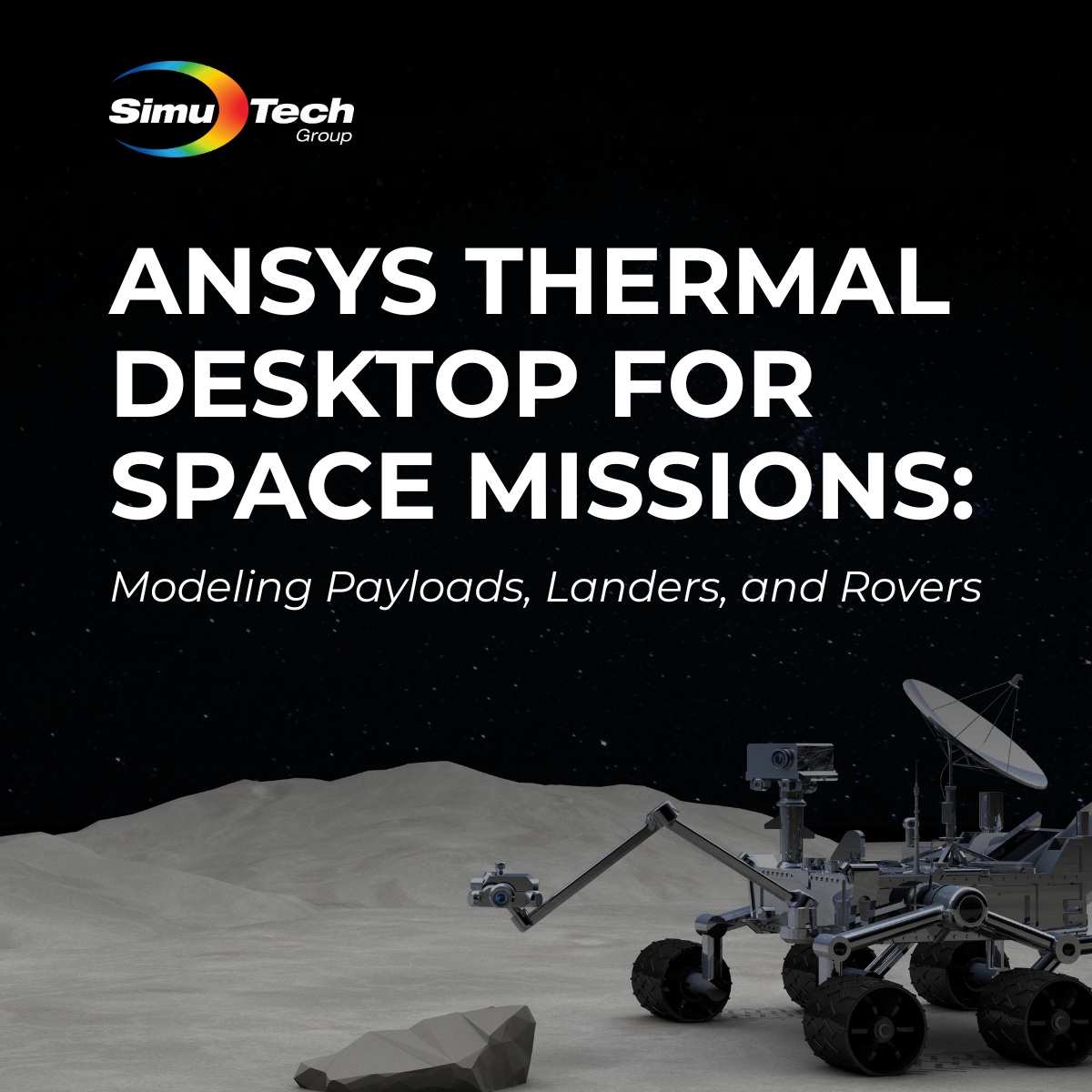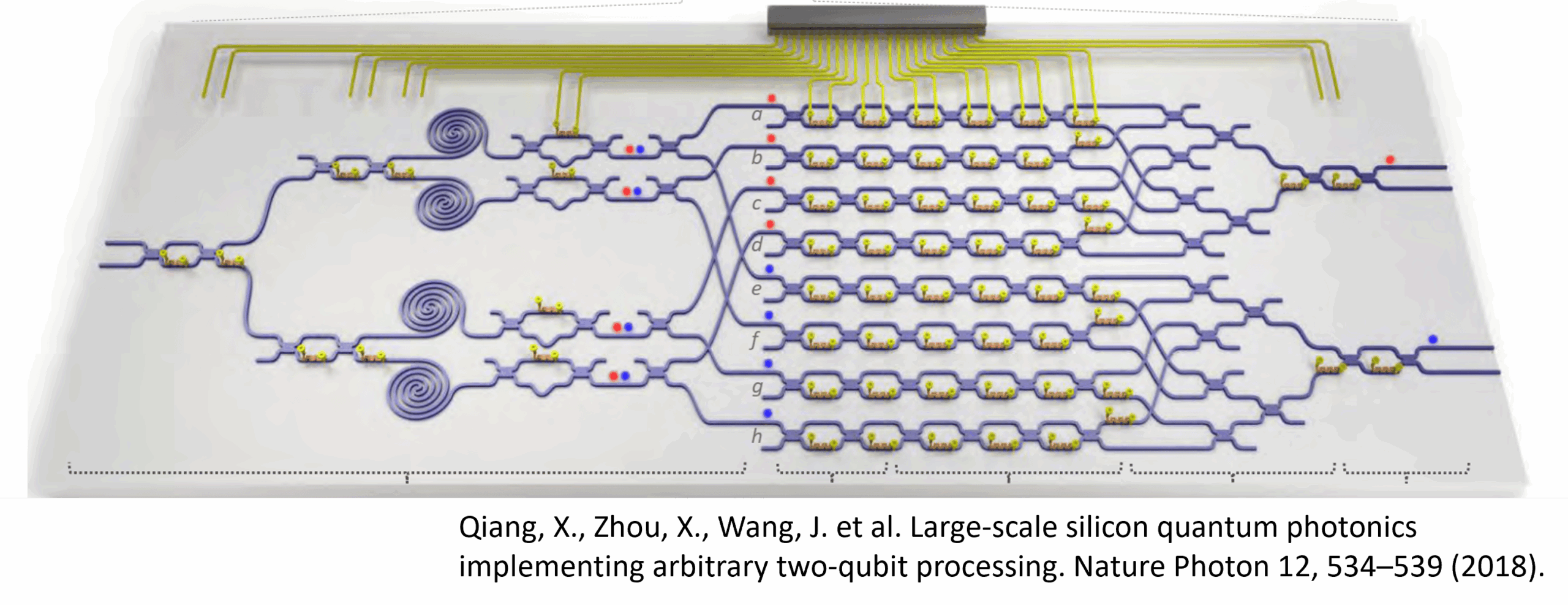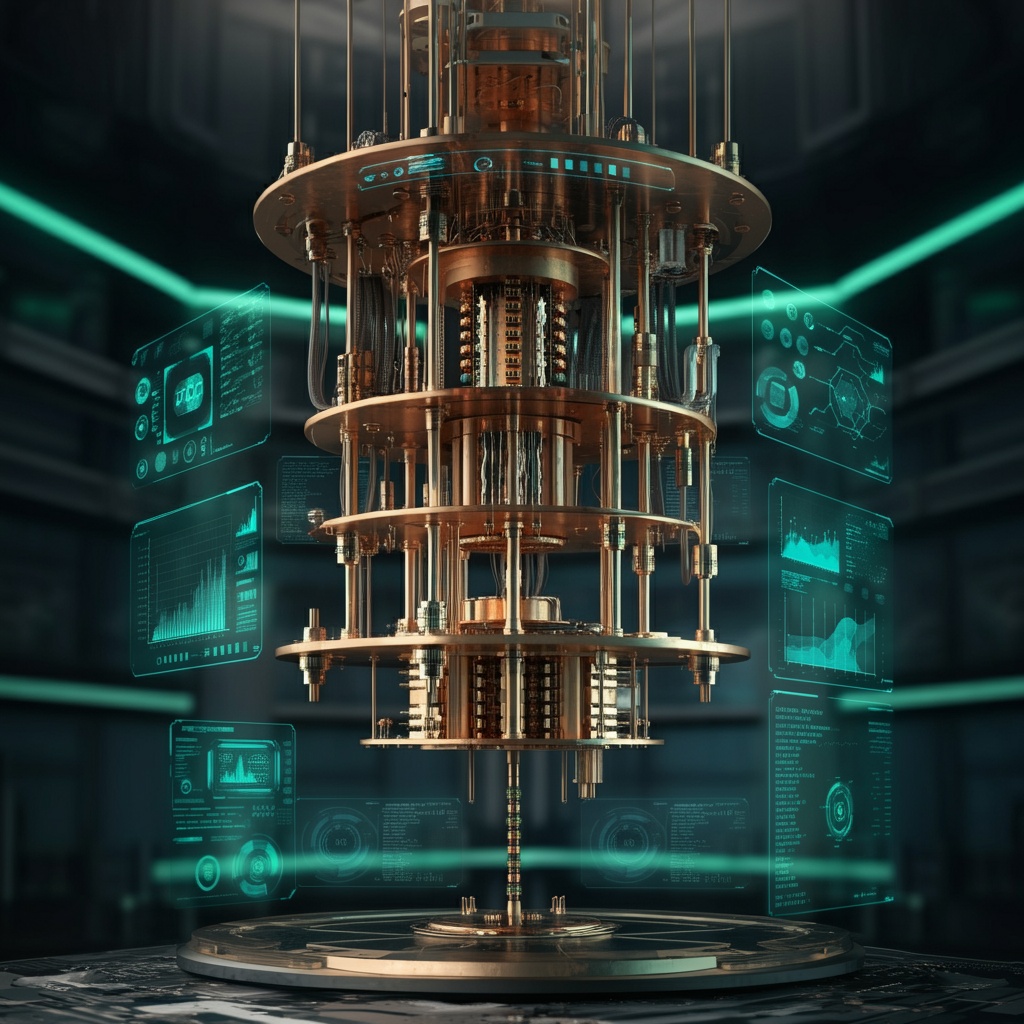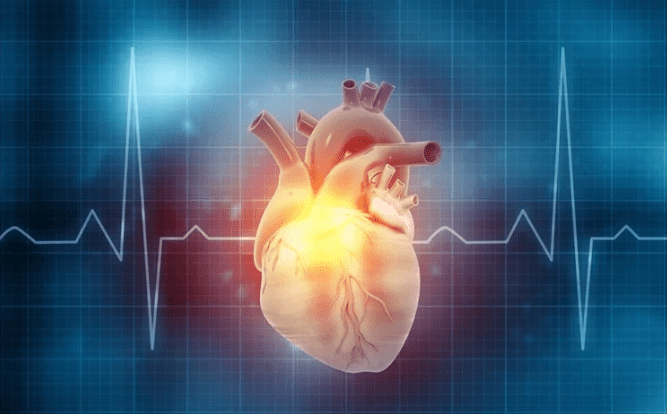Introduction
Space missions demand precision, resilience, and innovation—especially when it comes to thermal and fluid system design. From the early days of the Apollo missions to today’s deep-space probes and planetary Rovers, engineers have had to manage heat in environments where convection is nonexistent, radiation dominates, and system mass and power budgets are tightly constrained.
Modern spacecraft are more complex than ever, and as mission profiles grow more ambitious, so do the demands on thermal and fluid design. Engineers need tools that help them simulate, iterate, and validate quickly and accurately which is why Ansys Thermal Desktop has become a key part of that workflow.

Why System-Level Thermal Modeling Matters
In space, thermal control isn’t just about keeping things cool—it’s about survival. Components must operate within strict temperature limits, and failure to manage heat can lead to degraded performance or mission failure. Traditional CFD and FEA tools are powerful but often too slow or detailed for early-stage design and system-level trade studies. That’s where Ansys Thermal Desktop comes in.
Ansys Thermal Desktop is a simulation tool designed for thermal and fluid analysis, enabling engineers to model heat transfer, radiation, environmental heating, and fluid flow. Integrated with AutoCAD and enhanced by modules like RadCAD and FlowCAD, it allows for rapid design iteration and system-level validation.
Thermal Desktop enables engineers to:
- Simulate heat transfer across entire spacecraft systems
- Evaluate radiation exchange with planetary bodies and solar input
- Model fluid networks for cooling loops and cryogenic tanks
- Run fast transient and steady-state analyses to support design iteration
It’s particularly useful for engineers working on satellites, landers, and Rovers—where thermal behavior is influenced by orbital dynamics, planetary conditions, and internal heat sources.
Like what you’re reading? Watch the on-demand webinar.
Take a deeper dive in “Ansys Thermal Desktop for Space Missions” as our engineers build full spacecraft and lander thermal models, define orbital environments and mission scenarios, and evaluate payload, lander, and rover temperatures across critical mission phases.
Modeling a Satellite in Low Earth Orbit (LEO) with Ansys Thermal Desktop
LEO satellites face rapid thermal cycling as they pass in and out of Earth’s shadow.
One of the core applications of Thermal Desktop is simulating satellites in orbit. Engineers can build simplified or detailed satellite models, assign thermal and optical properties, and run transient simulations to evaluate temperature changes over time.
Using RadCAD, orbital parameters such as altitude, inclination, and beta angle can be configured to simulate solar radiation, Earth shadowing, and planetary heat effects. This enables accurate prediction of thermal behavior as the satellite transitions between sunlight and eclipse phases, and helps teams make informed decisions about insulation, radiator placement, and component layout—long before hardware is built.

Managing Geometry and Domains with TD Direct
Spacecraft geometries are rarely simple. From deployable solar arrays to multi-layered instrument bays, engineers need flexible tools to define thermal domains and assign properties. For more complex geometries, TD Direct—a plugin for Ansys SpaceClaim—streamlines the modeling process. Engineers can import and edit CAD models, assign domain-specific materials and optical properties, and synchronize them with Thermal Desktop.
TD Direct simplifies:
- Geometry manipulation for intricate spacecraft components
- Domain-based node selection for targeted thermal analysis
- Conductive heat transfer modeling from boundary nodes
- Radiation and transient simulations across custom geometries
This workflow is ideal for evaluating how heat diffuses across surfaces and components under varying environmental conditions.
Simulating a Rover in Planetary Conditions
Designing for planetary surfaces introduces new challenges—diurnal cycles, dust accumulation, and limited heat rejection options. Thermal Desktop supports planetary surface simulations, such as modeling a Rover on Mars. Engineers can assign materials like aluminum and solar panel composites, configure optical properties, and simulate day-night cycles on Mars using RadCAD.
Capabilities include:
- Planetary environment selection (e.g., Mars, Moon)
- Thermal conduction between multiple solids
- Visualization of transient temperature changes across the Rover
- Evaluation of system performance under extreme conditions
This allows for realistic thermal modeling of landers and Rovers operating in extraterrestrial environments.

Integrating with Other Tools for a Holistic Workflow
Thermal Desktop doesn’t operate in isolation. Engineers often integrate it with other Ansys tools to support broader simulation goals:
- Ansys Mechanical: Import thermal maps for stress and deformation analysis
- Ansys Fluent: Couple fluid flow with thermal models, either sequentially or via co-simulation
- STK: Import complex orbital paths for mission planning
- OptiSLang: Run parametric studies and optimization routines
These integrations help engineers move from thermal modeling to full-system validation, improving confidence in design decisions.

Ansys Thermal Desktop for Space Missions: Final Thoughts
Space systems engineering is evolving, but the core challenges remain: managing heat, optimizing performance, and ensuring reliability in unforgiving environments. So, whether you’re designing satellites, rovers, or payload systems, tools like Ansys Thermal Desktop help engineers meet these challenges by providing a flexible, system-level simulation platform that supports design, validation, and optimization.
Get Started Today
Thermal and fluid challenges in space design aren’t going away. As missions become more ambitious and systems more complex, engineers need tools that help them work smarter, faster, and with greater insight. Partner with SimuTech Group to scope your model, validate assumptions, and stand up a workflow your team can own. Talk with an engineer for a no-pressure consult and see what’s possible with Ansys.

Ben Bitoun, M.S. Aerospace / Aeronautical / Astronautical Engineering
Senior Staff Engineer, SimuTech Group
Ben is a Senior Staff Engineer with nearly a decade of experience in CFD and thermal analysis across aerospace systems, electronics cooling, and propulsion. He has led subsystem validation from concept to flight test, driven design optimization with Ansys Fluent, Thermal Desktop, and DesignXplorer, and built Python-based automation to speed analysis and correlation. Before joining SimuTech Group in 2025, he held engineering roles at Boeing and Williams International; his interests include parametric design, uncertainty quantification, and integrated thermo-fluid systems. Ben holds both a Bachelor’s and Master’s Degree in Aerospace, Aeronautical, and Astronautical Engineering from the Georgia Institute of Technology.

